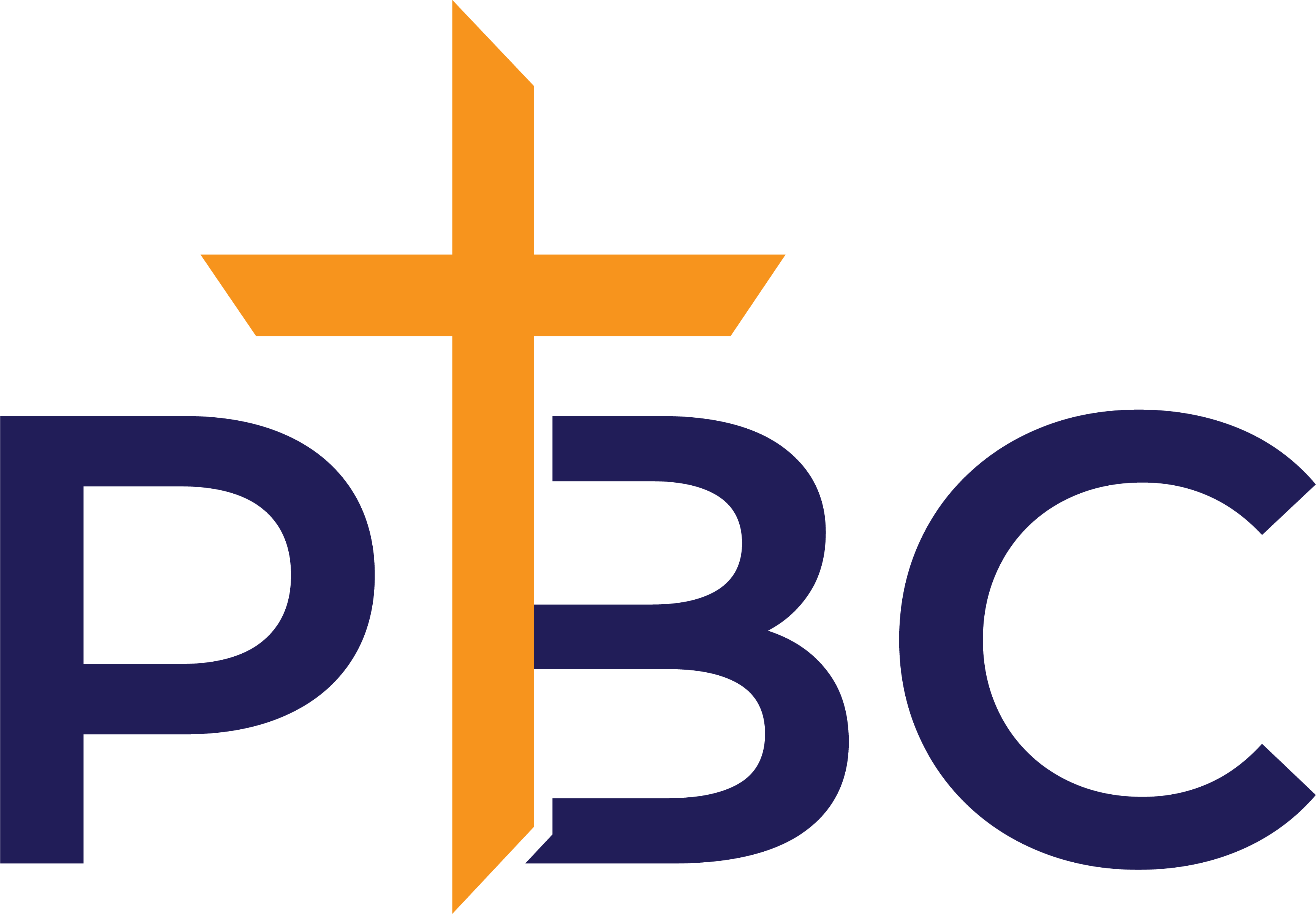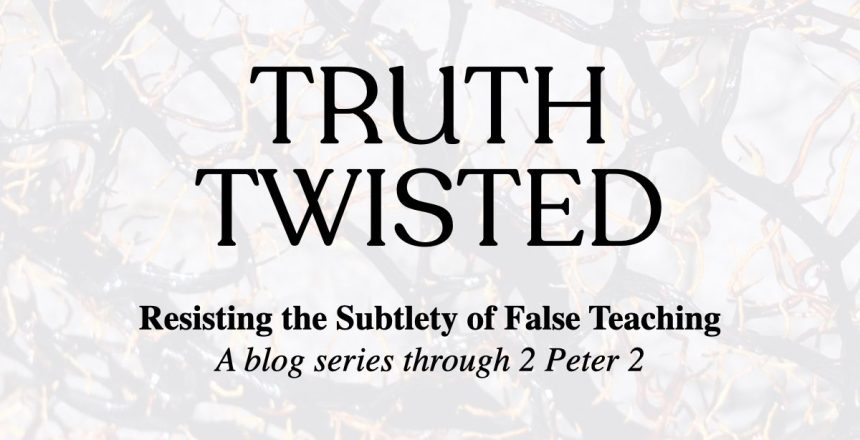Introduction: Why This Blog Series?
We all recognize how easy it is for Scripture to be misunderstood or reshaped—sometimes unintentionally, sometimes in ways that lead people away from what God actually says. This isn’t just something happening in the culture around us; it can happen in the church and in our own conversations if we’re not careful. That’s why I believe Peter’s warning in 2 Peter 2 is so important for us today.
This isn’t new. Peter saw it happening in the early church, and he gave a strong warning in 2 Peter 2. He describes the characteristics of false teachers, the damage they cause, God’s justice against them, and how we can stand firm in truth. His words are just as urgent today as they were then.
This blog series is my way of walking through Peter’s warning, so we can be a church that recognizes distortion, develops discernment, and remains rooted in Biblical truth. If we don’t learn to identify how truth is twisted, we will be vulnerable to deception. My prayer is that this series helps us heed Peter’s warning, strengthen our faith, and stay vigilant against the subtle but dangerous nature of false teaching.
Post 1: The Characteristics of False Teachers
False teachers don’t show up waving red flags. They don’t announce themselves as wolves or come with obvious warnings that say, “Danger: I’m here to mislead you.” Instead, their methods are subtle and their motives self-serving. Peter’s warning in 2 Peter 2:1-3 is as urgent today as it was for the early church. False teachers are real, they are present, and they are dangerous.
Peter highlights three defining traits of false teachers:
- Subtlety: False teachers “secretly introduce destructive heresies” (2 Peter 2:1). Like Satan in Eden (Genesis 3:1), their lies are often wrapped in half-truths. These distortions of God’s Word can seem harmless or even attractive at first, but they eventually undermine the gospel and lead others astray.
- Exploitation: Their influence often leads others into sin and damages the reputation of the gospel. Peter warns that “many will follow their depraved conduct and bring the way of truth into disrepute” (2 Peter 2:2). Leaders like Jeroboam (1 Kings 12:28) show how easily exploitation can lead entire communities astray.
- Self-Interest: Peter describes them as being motivated by greed, exploiting others “with fabricated stories” (2 Peter 2:3). Whether it’s financial gain, fame, or power, their primary concern is their own benefit. Balaam’s willingness to curse Israel for money (Numbers 22) is a sobering example of greed-driven leadership.
The danger is not just that false teachers exist but that their subtlety makes them hard to recognize. They exploit vulnerabilities and twist truth to fit their personal agendas, harming individuals and tarnishing the church’s witness. Recognizing these traits helps us remain vigilant.
Questions for Personal Reflection:
- What does it mean that false teachers “secretly introduce destructive heresies”? Have you seen examples of subtle distortions of truth in your life or culture?
- How have you observed leaders — spiritual, political, or cultural — using their positions for personal gain? How did it impact those they influenced?
- What steps can you take to protect the witness of the gospel from exploitation and disrepute?

